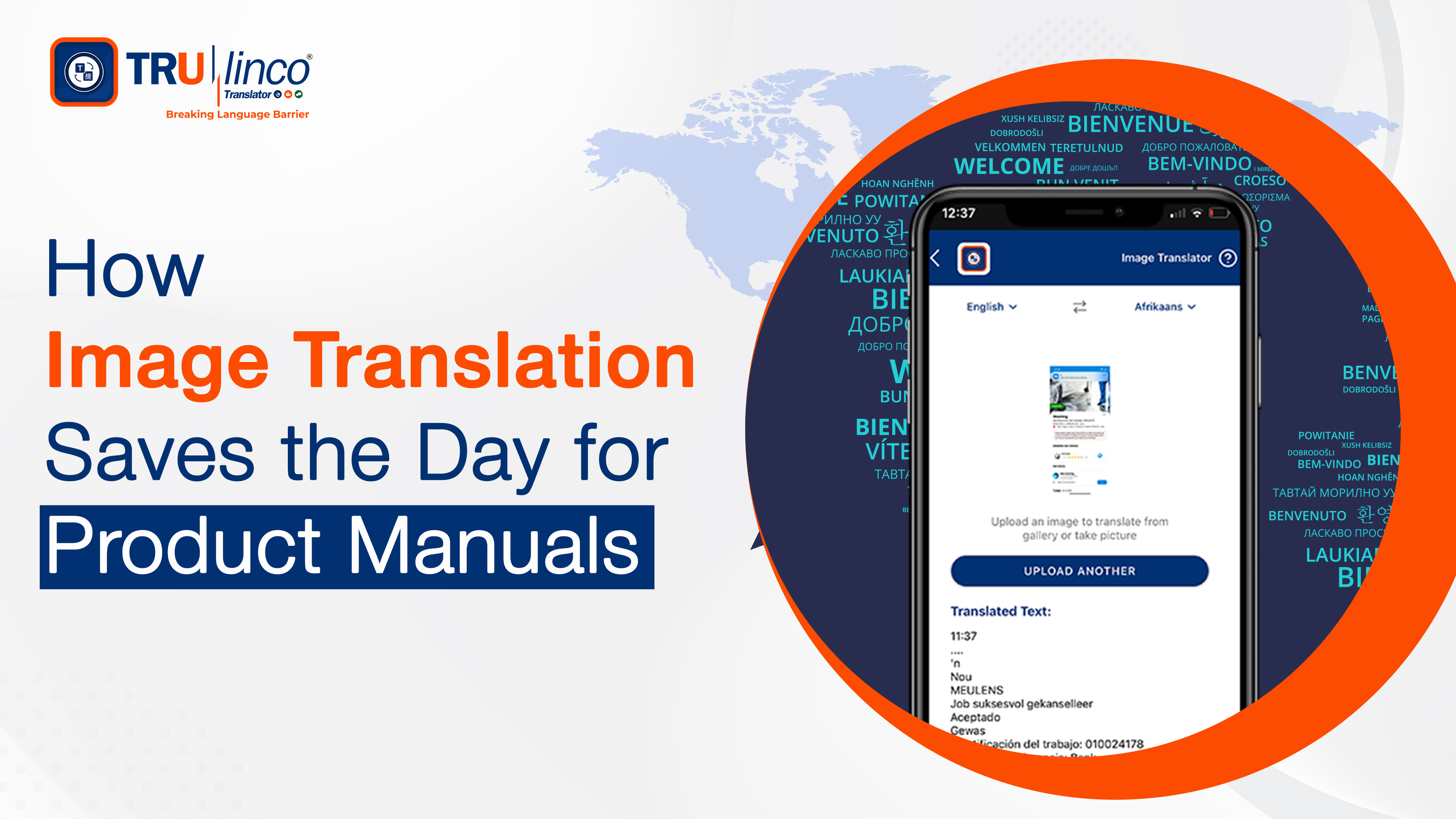
Have you ever stared at a product manual in complete bewilderment, the instructions a jumbled mess of foreign words and indecipherable diagrams? We’ve all been there. Traditional product manuals, when translated poorly, can be frustrating, confusing, and even lead to safety hazards. But fear not, there’s a hero waiting in the wings: image translation.
Lost in Translation: The Challenges of Traditional Product Manuals
Most companies understand the importance of translating product manuals for a global market. However, relying solely on text translation often falls short. Technical terms might not translate accurately, leading to confusion. Diagrams and symbols, crucial for visual learners, can get lost in the shuffle. Imagine assembling furniture with instructions that describe a “long, skinny doodad” instead of a “dowel rod.” Not exactly helpful, right?
Here’s a real-life example: A company selling a popular fitness tracker launched its product in China. The translated manual used generic terms for buttons, making it difficult for users to navigate the device’s features. Customer support calls skyrocketed due to user frustration.
Know 5 Ways Image Translation Can Take Your Business Global? Read More
How Image Translation Saves the Day
Image translation technology steps in precisely where traditional translation stumbles. It analyzes the entire visual content of a product manual, including text, diagrams, and symbols. Using advanced algorithms and language models, it then translates each element accurately and contextually, preserving the intended meaning.
Think of image translation as a superhero with a multilingual arsenal. It can:
- Boost User Understanding: Clear and accurate instructions ensure users understand how to operate the product safely and effectively.
- Improve Safety: By eliminating confusion, image translation minimizes the risk of accidents due to misinterpretations.
- Reduce Customer Support Costs: When users can easily understand the manual, there’s less need for them to contact customer support for clarification.
- Expand Your Global Market: Reach a wider audience by making your product accessible to consumers worldwide.
Know How to Translate Text from Images: Unlocking the Power of OCR. Read More
Choosing the Right Image Translation Tool
Not all image translation tools are created equal. Here are some key factors to consider when choosing the right one for your product manuals:
- Accuracy and Quality of Translation: This is paramount. Look for tools that prioritise accurate translations while preserving the original meaning.
- File Format Support: Ensure the tool supports various file formats commonly used for product manuals, such as PDF, JPG, and PNG.
- Technical Terminology Expertise: Choose a tool that can handle technical terms and symbols specific to your industry.
- Integration Capabilities: Consider tools that integrate seamlessly with your existing document management systems for a streamlined workflow.
- Security and Data Privacy: Make sure the image translation provider prioritises data security and complies with relevant regulations.
Here is an Ultimate Guide to Choosing the Best Translation Tool for Your Business. Read More
The Future of Image Translation and Product Manuals
The future of image translation is bright. We can expect even more advanced AI-powered tools that can recognize images with greater accuracy and understand the context within a document. Imagine image translation tools that automatically adapt instructions based on the user’s location or even personalize them for specific user needs.
Want to integrate Real time Image Translation with Business? Consult Trulinco Now!
Conclusion:
Image translation is no longer a futuristic dream, but a powerful tool readily available to manufacturers. By embracing image translation for your product manuals, you can overcome language barriers, improve user experience, and reach a global audience. Don’t let your product get lost in translation – let image translation be your hero!
